Home>Home Appliances>Laundry Appliances>How To Get Cat Urine Smell Out Of Clothes In The Washing Machine


Laundry Appliances
How To Get Cat Urine Smell Out Of Clothes In The Washing Machine
Modified: October 27, 2024
Learn how to effectively remove cat urine smell from clothes using your washing machine. Discover the best laundry appliances and techniques for eliminating odors. Keep your clothes fresh and clean with these tips.
(Many of the links in this article redirect to a specific reviewed product. Your purchase of these products through affiliate links helps to generate commission for Storables.com, at no extra cost. Learn more)
Introduction
Dealing with the pungent odor of cat urine on clothes can be a challenging and unpleasant experience. Whether you're a pet owner or have encountered this issue while handling laundry for others, it's essential to address this problem effectively. The lingering smell of cat urine can be stubborn and overwhelming, but with the right approach, you can successfully eliminate it from your clothes using your washing machine.
In this comprehensive guide, we will explore various methods and techniques to effectively remove cat urine smell from clothes in the washing machine. From understanding the source of the smell to pre-treating the clothes and choosing the right detergent, we will cover every step to ensure that your clothes come out fresh and odor-free. By following these practical tips, you can restore your clothes to their pristine condition and bid farewell to the unpleasant scent of cat urine.
Let's delve into the intricacies of tackling this common laundry challenge and discover the most effective strategies for banishing cat urine odor from your clothes.
Key Takeaways:
- Say goodbye to cat urine smell on clothes by pre-treating with vinegar or baking soda, using enzyme-based detergents, and adjusting washing machine settings for a thorough and successful odor elimination process.
- Understanding the source of the smell and using natural odor-neutralizing agents like vinegar and baking soda can effectively eliminate cat urine odor from clothes in the washing machine.
Understanding the Source of the Smell
Before diving into the process of eliminating cat urine smell from clothes in the washing machine, it's crucial to understand the source of the odor. Cat urine contains strong-smelling compounds such as urea, urobilin, uric acid, and ammonia. When a cat urinates on clothing, these compounds penetrate the fabric and can be challenging to remove without the right approach.
The first step in addressing the issue is to identify the affected garments. Inspect the clothes carefully to pinpoint the areas where the cat urine has soaked in. It's essential to separate these items from the rest of the laundry to prevent the odor from spreading to unaffected clothing during the washing process.
Furthermore, understanding the fabric composition is vital. Different fabrics react differently to cleaning agents and treatments. Delicate fabrics such as silk or wool require gentler handling compared to sturdy materials like cotton or polyester. This knowledge will guide you in selecting the appropriate cleaning methods and products to effectively eliminate the odor without compromising the integrity of the fabric.
Additionally, consider the duration for which the urine has been on the clothes. Fresh stains are generally easier to remove compared to old, set-in odors. The longer the urine has been present, the more challenging it becomes to completely eradicate the smell. Therefore, prompt action is crucial in preventing the odor from becoming deeply embedded in the fabric fibers.
By understanding the source of the smell and assessing the specific conditions of the affected garments, you can tailor your approach to effectively tackle the cat urine odor during the washing process. This understanding sets the stage for implementing targeted pre-treatment methods and selecting the most suitable detergents and additives to achieve optimal results in eliminating the unpleasant smell from your clothes.
Pre-Treating the Clothes
Pre-treating the clothes is a crucial step in the process of removing cat urine smell from garments in the washing machine. This preparatory phase aims to loosen the urine particles and begin the odor elimination process before the clothes undergo the washing cycle. By employing targeted pre-treatment techniques, you can significantly enhance the effectiveness of the washing machine in eliminating the stubborn odor.
To initiate the pre-treatment process, start by rinsing the affected areas of the clothes with cold water. This helps dilute and remove as much of the urine as possible before the garments enter the washing machine. Avoid using hot water during this step, as it can set the odor and stain further into the fabric, making it more challenging to remove.
After rinsing, apply a specialized pre-treatment solution or a homemade mixture directly to the affected areas. Commercial pre-treatment products designed for removing pet stains and odors are formulated to break down the compounds present in cat urine and prepare the fabric for thorough cleaning. Alternatively, you can create a DIY pre-treatment solution using a combination of water, white vinegar, and a small amount of gentle liquid detergent. Gently massage the solution into the fabric and allow it to sit for at least 15-20 minutes to effectively penetrate the fibers and begin neutralizing the odor.
For tougher stains and odors, consider using an enzymatic pre-treatment spray or solution. Enzyme-based cleaners contain active enzymes that target and break down the organic components of cat urine, effectively neutralizing the odor at a molecular level. Apply the enzymatic pre-treatment product according to the manufacturer's instructions, ensuring thorough coverage of the affected areas.
In addition to targeted pre-treatment solutions, incorporating baking soda into the pre-treatment process can further aid in neutralizing the odor. Create a paste by mixing baking soda with a small amount of water, and gently apply it to the affected areas. Baking soda is renowned for its odor-absorbing properties and can help mitigate the pungent smell of cat urine before the clothes undergo the washing cycle.
By diligently pre-treating the clothes with the appropriate solutions and methods, you can effectively prepare the garments for the washing machine, setting the stage for a thorough and successful odor elimination process. This proactive approach significantly enhances the washing machine's ability to eradicate the cat urine smell, ensuring that your clothes emerge fresh, clean, and free from any lingering odors.
Choosing the Right Detergent
Selecting the appropriate detergent is a pivotal aspect of the process when aiming to eliminate cat urine smell from clothes in the washing machine. The right detergent can make a significant difference in effectively breaking down the urine compounds and eradicating the unpleasant odor, ensuring that your garments emerge fresh and clean after the washing cycle.
When dealing with cat urine odor, opt for a high-quality laundry detergent that is specifically formulated to tackle tough stains and odors. Look for detergents that feature enzymatic or bio-enzymatic properties, as these are designed to target and break down organic compounds such as those found in cat urine. Enzyme-based detergents contain active enzymes that work to effectively neutralize the odor at a molecular level, ensuring thorough odor removal during the washing process.
Furthermore, consider choosing a detergent that is free from artificial fragrances and dyes. While it may be tempting to opt for heavily scented detergents to mask the odor, these products can potentially exacerbate the situation by combining with the cat urine odor, resulting in an unpleasant and overpowering scent. Instead, opt for a gentle, fragrance-free detergent that is specifically formulated for sensitive skin or allergy-prone individuals. These detergents are designed to clean effectively without leaving behind strong artificial fragrances, ensuring that the cat urine odor is the primary focus of the cleaning process.
In addition to enzyme-based detergents, consider incorporating a laundry booster or additive designed to target tough odors. Oxygen-based laundry boosters can be particularly effective in enhancing the odor-eliminating power of your detergent. These boosters work by releasing oxygen-based bubbles that penetrate the fabric and help lift away stubborn odors, including those from cat urine. When using a laundry booster, follow the manufacturer's instructions to ensure optimal results without compromising the integrity of the fabric.
By carefully selecting the right detergent and incorporating odor-targeted additives, you can maximize the effectiveness of the washing machine in eliminating cat urine odor from your clothes. The combination of enzyme-based detergents and odor-eliminating boosters sets the stage for a thorough and successful cleaning process, ensuring that your garments emerge from the washing machine free from any lingering traces of cat urine smell.
Adjusting the Washing Machine Settings
When aiming to eliminate cat urine smell from clothes in the washing machine, adjusting the washing machine settings is a critical step that can significantly impact the effectiveness of the odor removal process. By fine-tuning the settings to accommodate the specific requirements of dealing with cat urine odor, you can optimize the cleaning cycle to ensure thorough and successful odor elimination.
Start by selecting the appropriate water temperature for the washing cycle. When dealing with cat urine odor, opt for cold water rather than hot water. Cold water helps prevent the setting of the odor and stain into the fabric, allowing the detergent and pre-treatment solutions to work more effectively in breaking down the urine compounds. Additionally, cold water is gentler on the fabric and is particularly suitable for delicate garments, minimizing the risk of damage during the cleaning process.
Furthermore, adjust the wash cycle to a longer duration. A prolonged wash cycle provides more time for the detergent and pre-treatment solutions to penetrate the fabric and effectively target the cat urine odor. By extending the duration of the wash cycle, you allow for a more thorough cleaning process, ensuring that the odor is adequately addressed and eliminated from the garments.
Consider utilizing an extra rinse cycle to further enhance the odor removal process. An additional rinse cycle helps ensure that any residual detergent, pre-treatment solutions, and lingering traces of cat urine are thoroughly rinsed away from the clothes. This extra step can contribute to a more comprehensive cleaning process, leaving your garments free from any remaining odor-causing compounds.
In addition to adjusting the water temperature, wash cycle duration, and incorporating an extra rinse cycle, it's essential to use the appropriate spin speed. Opt for a gentler spin setting, especially when dealing with delicate or heavily soiled garments. A slower spin speed helps prevent excessive agitation, reducing the risk of damage to the fabric while still effectively removing the cat urine odor.
By meticulously adjusting the washing machine settings to align with the specific requirements of eliminating cat urine odor, you can optimize the cleaning cycle to achieve optimal results. These tailored adjustments ensure that the washing machine operates in a manner that maximizes the effectiveness of the cleaning process, ultimately leading to fresh, clean, and odor-free garments once the cycle is complete.
Add 1 cup of white vinegar to the washing machine along with your regular detergent. Wash the clothes on a normal cycle with cold water. The vinegar will help neutralize the odor and remove the cat urine smell from the clothes.
Adding Vinegar or Baking Soda
In the quest to eliminate cat urine smell from clothes in the washing machine, the addition of vinegar or baking soda can serve as a highly effective and natural odor-neutralizing strategy. Both vinegar and baking soda are renowned for their odor-absorbing properties and can play a pivotal role in enhancing the odor removal process during the washing cycle.
Vinegar, particularly white distilled vinegar, is a versatile household ingredient that can be utilized to combat a wide range of odors, including the persistent scent of cat urine. When added to the washing machine, vinegar acts as a natural deodorizer and disinfectant, effectively neutralizing the ammonia and uric acid present in cat urine. To incorporate vinegar into the washing process, simply add half to one cup of white vinegar to the detergent compartment or directly into the washing drum along with the clothes. The acetic acid in vinegar works to break down the odor-causing compounds, while its antibacterial properties help eliminate any lingering bacteria associated with cat urine.
Similarly, baking soda, also known as sodium bicarbonate, is a powerhouse when it comes to absorbing and neutralizing odors. Adding baking soda to the washing machine can significantly enhance the odor removal process, leaving your clothes fresh and free from the pungent smell of cat urine. To utilize baking soda, sprinkle a half to one cup of it directly into the washing machine drum along with the clothes and detergent. Baking soda works by neutralizing acidic compounds, including those found in cat urine, while effectively absorbing and eliminating unpleasant odors.
When using vinegar or baking soda in the washing machine, it's important to avoid combining the two ingredients in the same cycle, as they can neutralize each other's odor-fighting properties. Instead, opt for one of these natural odor-neutralizing agents per washing cycle to maximize their effectiveness in eliminating cat urine smell from your clothes.
By incorporating vinegar or baking soda into the washing process, you can harness the natural odor-fighting properties of these household staples to effectively neutralize the persistent scent of cat urine. These natural remedies not only contribute to a thorough odor removal process but also leave your clothes feeling fresh, clean, and free from any lingering traces of cat urine odor.
Using Enzyme Cleaner
When it comes to combating the stubborn and pervasive odor of cat urine on clothes, utilizing an enzyme cleaner can be a game-changer in the odor elimination process. Enzyme cleaners are specially formulated to target and break down the organic compounds present in cat urine, effectively neutralizing the odor at a molecular level. These powerful cleaners contain active enzymes that work to digest and eliminate the source of the odor, providing a thorough and long-lasting solution to the problem.
To incorporate an enzyme cleaner into the washing process, begin by selecting a high-quality enzyme-based laundry detergent or a specialized enzyme cleaner designed specifically for pet stains and odors. These products are formulated to contain a concentrated blend of enzymes that are adept at tackling the unique composition of cat urine, ensuring that the odor is effectively neutralized during the washing cycle.
When using an enzyme cleaner, it's essential to follow the manufacturer's instructions meticulously. Start by pre-treating the affected areas of the clothes with the enzyme cleaner, ensuring thorough coverage of the urine-soaked fabric. Allow the enzyme cleaner to penetrate the fibers and work its magic in breaking down the odor-causing compounds. The recommended dwell time may vary depending on the specific product, so it's crucial to adhere to the prescribed duration to achieve optimal results.
Once the pre-treatment phase is complete, proceed to add the enzyme cleaner to the washing machine along with the detergent. The enzyme cleaner works in synergy with the detergent to provide a comprehensive cleaning and odor-elimination process. As the washing cycle progresses, the active enzymes in the cleaner continue to target and neutralize the cat urine odor, ensuring that your clothes emerge fresh, clean, and free from any lingering traces of the unpleasant scent.
In addition to using enzyme cleaner during the washing cycle, consider incorporating an enzyme-based pre-soak treatment for heavily soiled or particularly odorous garments. This approach allows the enzyme cleaner to work on the fabric for an extended period, maximizing its effectiveness in breaking down the cat urine compounds before the clothes undergo the washing cycle.
By leveraging the potent odor-fighting capabilities of enzyme cleaners, you can significantly enhance the effectiveness of the washing machine in eliminating cat urine smell from your clothes. These specialized cleaners provide a targeted and thorough solution to the persistent odor challenge, ensuring that your garments are restored to a fresh and odor-free state, ready to be enjoyed once again.
Final Rinse and Drying
After the washing cycle is complete, the final rinse and drying stages play a crucial role in ensuring that the cat urine odor is completely eradicated, and the clothes emerge fresh, clean, and ready to wear. The final rinse serves to remove any residual detergent, pre-treatment solutions, and lingering traces of cat urine, while the drying process completes the odor elimination and restoration of the garments.
When initiating the final rinse, opt for a thorough rinse cycle to ensure that all cleaning agents and odor-neutralizing solutions are effectively removed from the clothes. Selecting an extra rinse cycle, if available on your washing machine, can further enhance the rinsing process, ensuring that any remaining traces of cat urine and cleaning products are completely eliminated. A comprehensive rinse is essential in preparing the clothes for the subsequent drying phase, setting the stage for the complete removal of any lingering odors.
Following the final rinse, it's time to proceed with the drying process. When drying clothes that have been treated for cat urine odor, it's advisable to air-dry them whenever possible. Hanging the garments outdoors in a well-ventilated area allows for natural air circulation, which can further aid in dissipating any remaining traces of odor. Additionally, exposure to sunlight can provide natural disinfection and deodorizing benefits, contributing to the overall freshness of the clothes.
If outdoor drying is not feasible, opt for indoor air-drying methods. Choose a well-ventilated area with adequate airflow to facilitate the drying process. Utilizing a drying rack or clothesline allows for optimal air circulation around the garments, promoting efficient drying and odor elimination. It's important to ensure that the clothes are completely dry before storing or wearing them, as any residual moisture can potentially contribute to the reemergence of the cat urine odor.
For garments that require machine drying, select the appropriate drying setting based on the fabric type and garment care instructions. Opt for a low to medium heat setting to prevent potential damage to the fabric while effectively drying the clothes. Adding wool dryer balls or a clean tennis ball to the dryer can help fluff the garments and promote air circulation, contributing to the efficient removal of any remaining odors.
By meticulously attending to the final rinse and drying stages, you can complete the comprehensive process of eliminating cat urine odor from your clothes. The combination of a thorough final rinse and strategic drying methods ensures that the garments emerge fresh, clean, and free from any lingering traces of the unpleasant scent, ready to be enjoyed once again.
Conclusion
Successfully eliminating cat urine smell from clothes in the washing machine requires a strategic and comprehensive approach that encompasses pre-treatment, detergent selection, washing machine adjustments, and the incorporation of natural odor-neutralizing agents. By understanding the source of the odor and tailoring the cleaning process to address the specific challenges posed by cat urine, you can achieve optimal results and restore your garments to a fresh and odor-free state.
Throughout this guide, we have explored the intricacies of combating cat urine odor, from the initial pre-treatment phase to the final rinse and drying stages. Understanding the composition of cat urine and its impact on different fabric types has been instrumental in guiding the selection of appropriate cleaning methods and products. By pre-treating the affected areas with targeted solutions and incorporating enzyme cleaners, vinegar, or baking soda, you can effectively neutralize the odor at a molecular level, setting the stage for a successful washing machine cycle.
Choosing the right detergent, particularly enzyme-based formulations, has been highlighted as a pivotal factor in the odor elimination process. Enzyme cleaners work in synergy with the washing machine to break down the organic compounds present in cat urine, ensuring thorough and long-lasting odor removal. Additionally, adjusting the washing machine settings to accommodate the unique requirements of combating cat urine odor, such as opting for cold water and a longer wash cycle, has been emphasized as a crucial step in maximizing the effectiveness of the cleaning process.
The final rinse and drying stages play a significant role in completing the odor elimination process, ensuring that the garments emerge fresh, clean, and ready to wear. Thorough rinsing and strategic air-drying or machine drying methods contribute to the overall success of the odor removal process, culminating in the restoration of the clothes to their pristine condition.
By following the comprehensive strategies outlined in this guide, you can confidently address the challenge of cat urine odor on clothes and achieve successful odor elimination using your washing machine. With a combination of targeted pre-treatment, enzyme-based detergents, strategic washing machine adjustments, and meticulous attention to the final rinse and drying stages, you can effectively banish the unpleasant scent of cat urine, allowing you to enjoy fresh, clean, and odor-free garments once again.
Frequently Asked Questions about How To Get Cat Urine Smell Out Of Clothes In The Washing Machine
Was this page helpful?
At Storables.com, we guarantee accurate and reliable information. Our content, validated by Expert Board Contributors, is crafted following stringent Editorial Policies. We're committed to providing you with well-researched, expert-backed insights for all your informational needs.
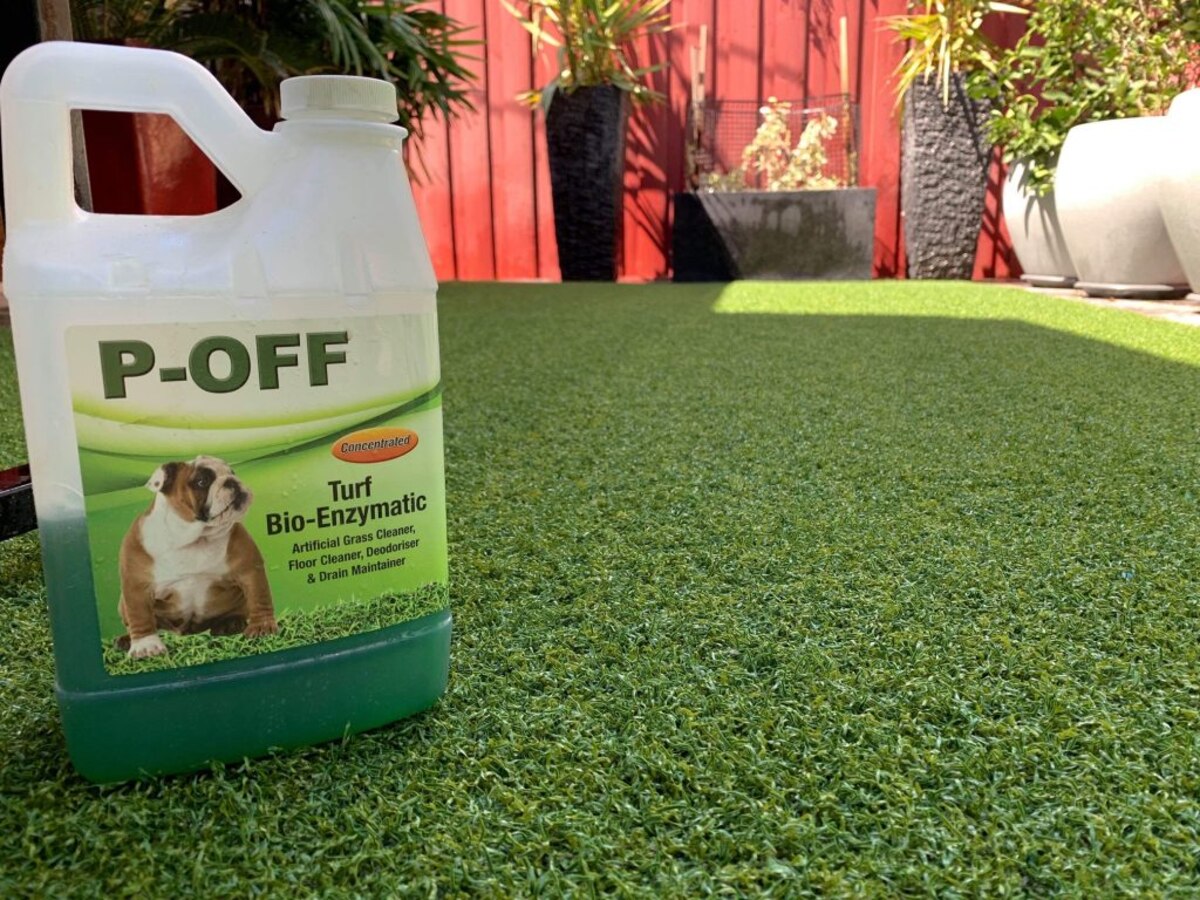
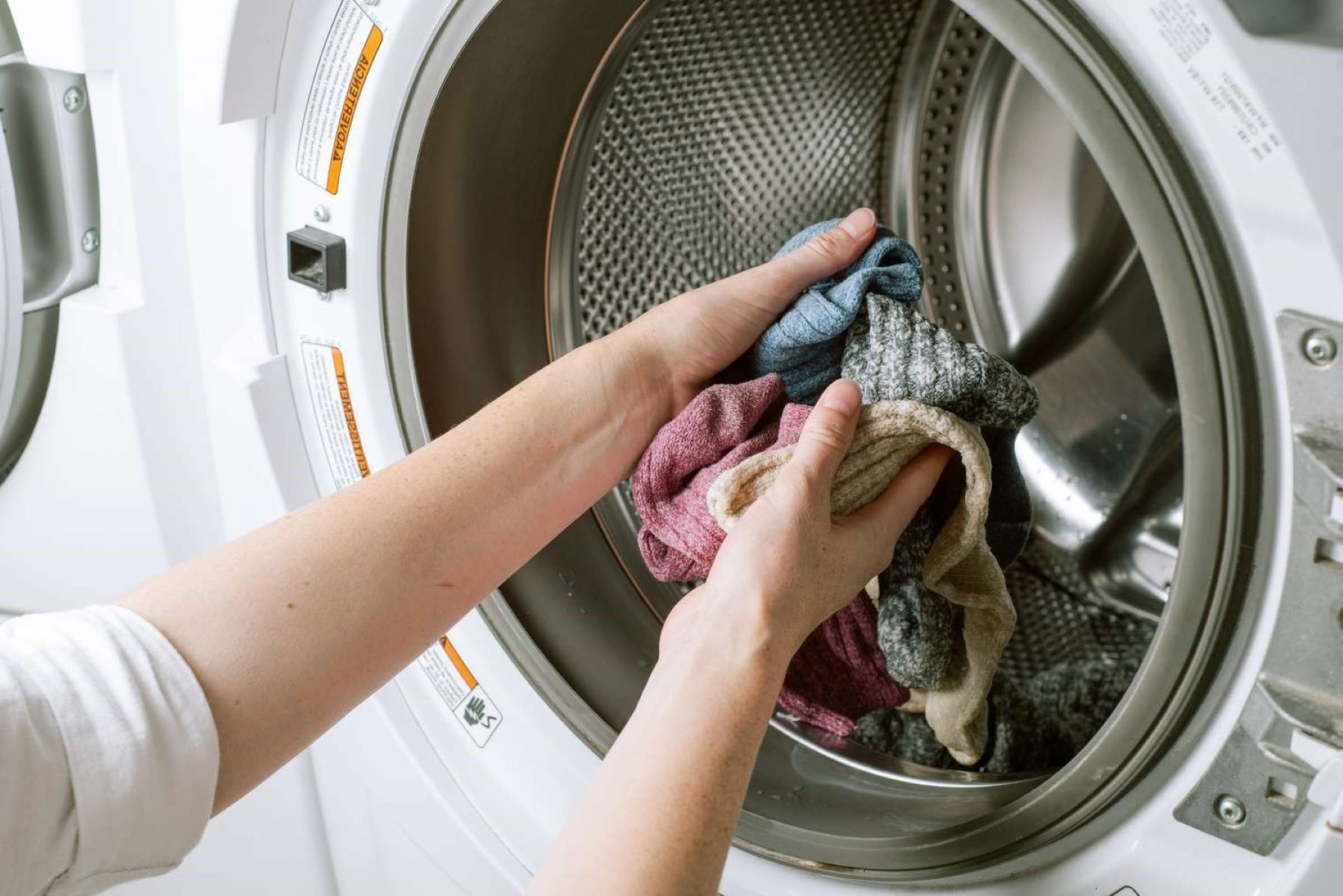
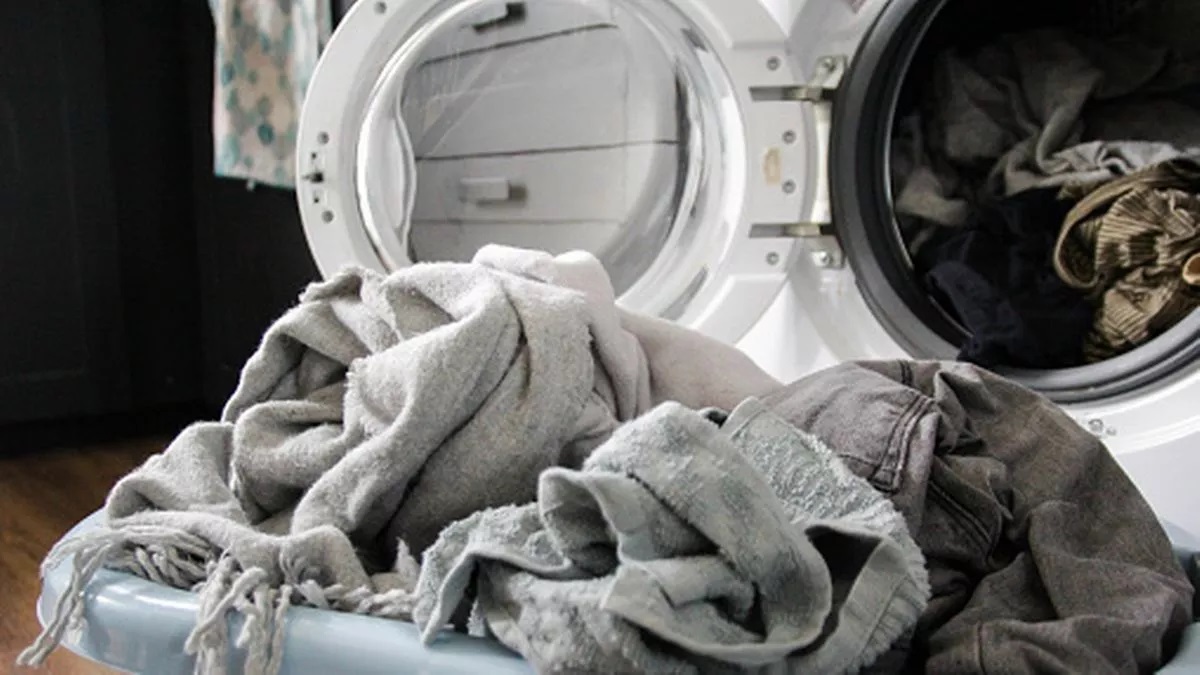

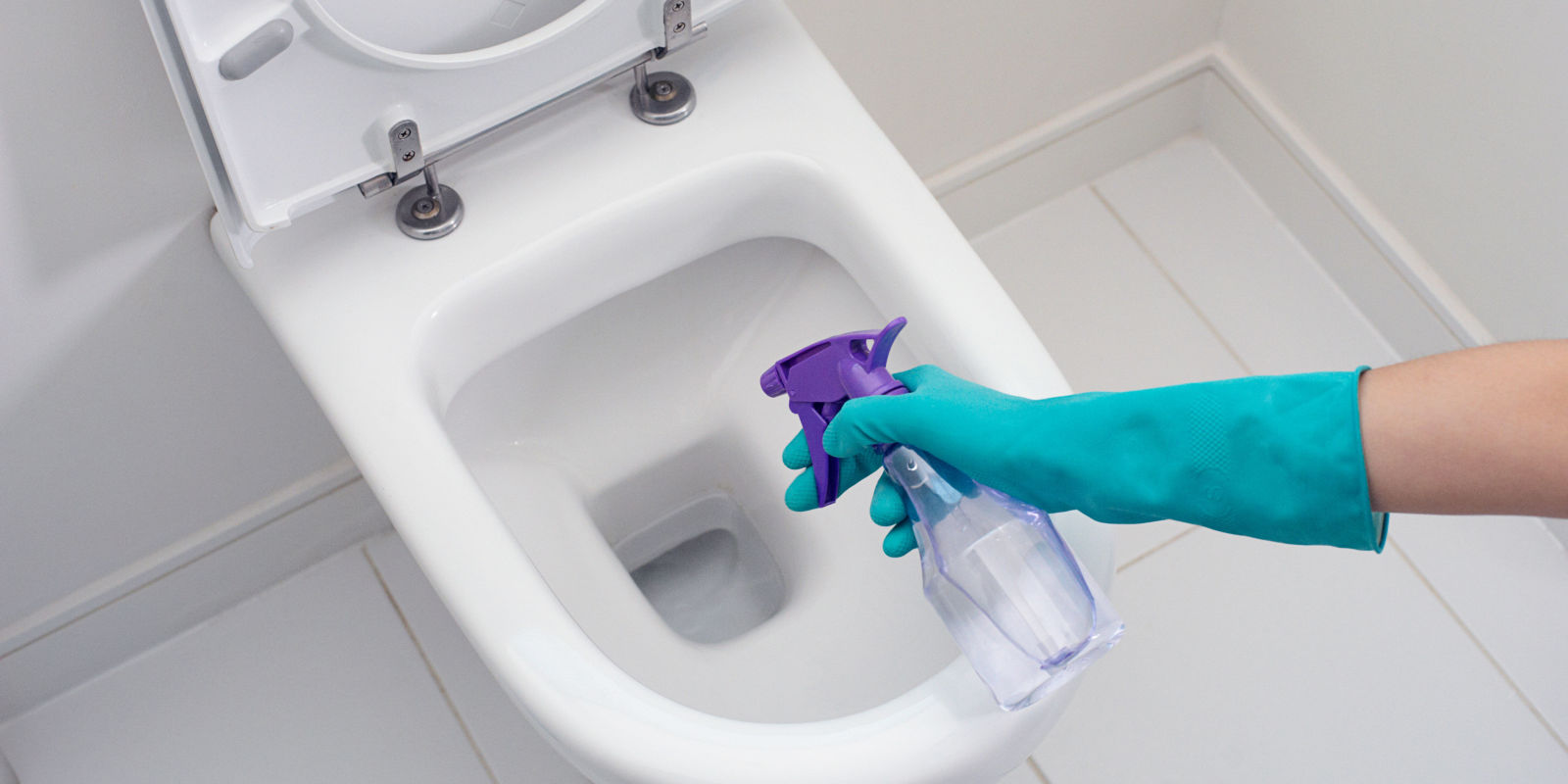
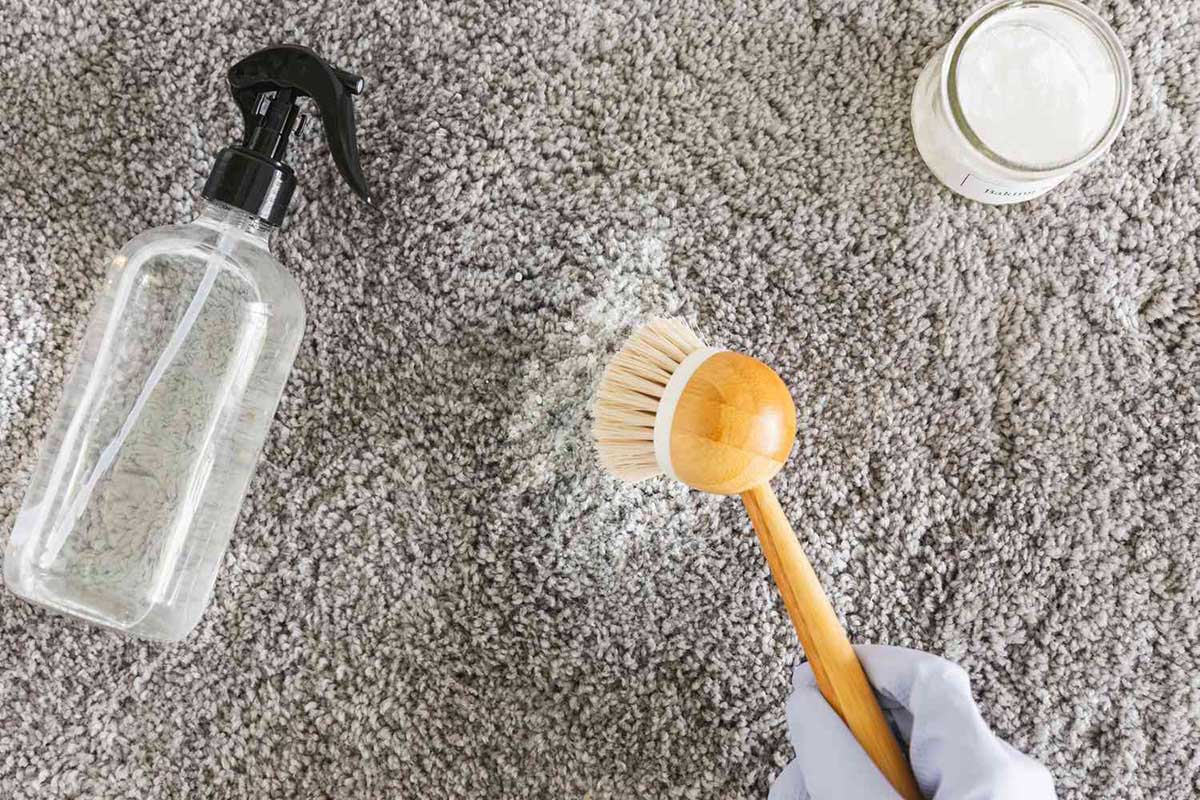
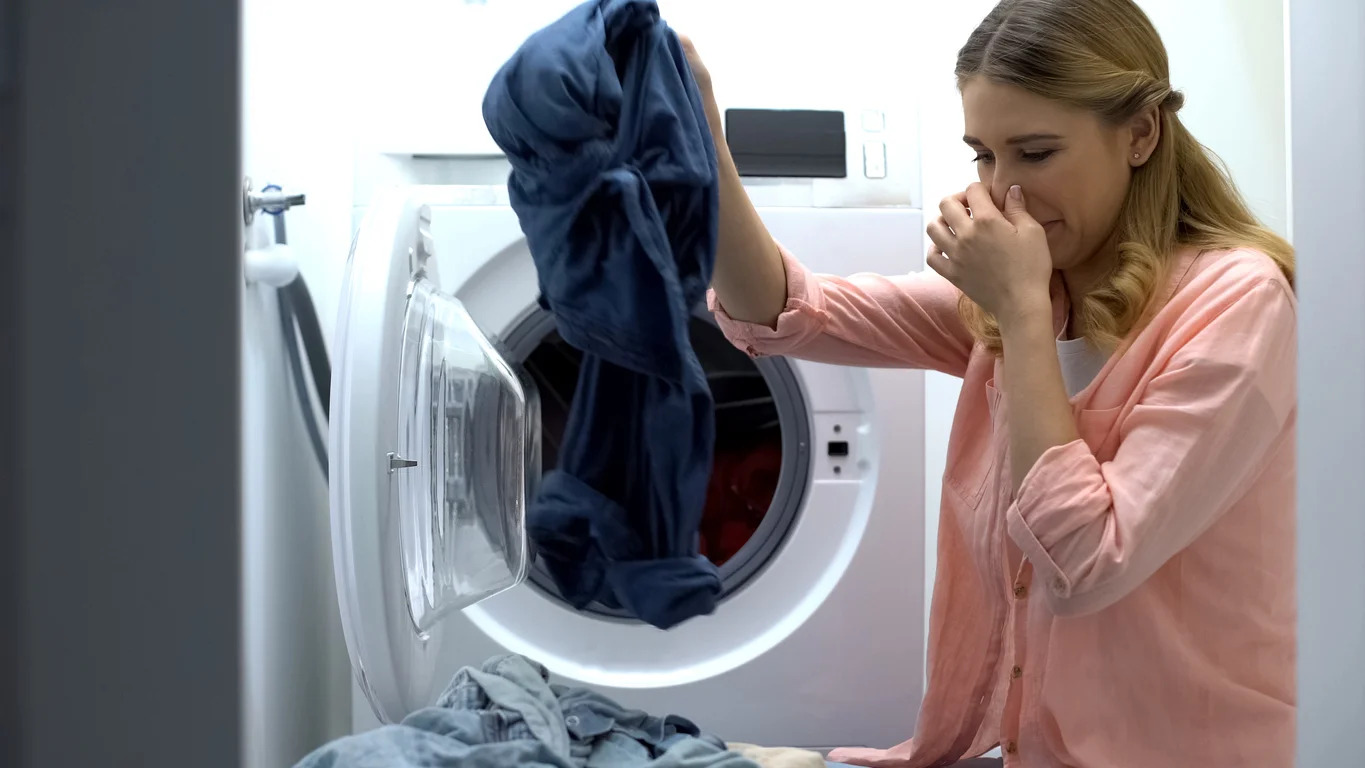
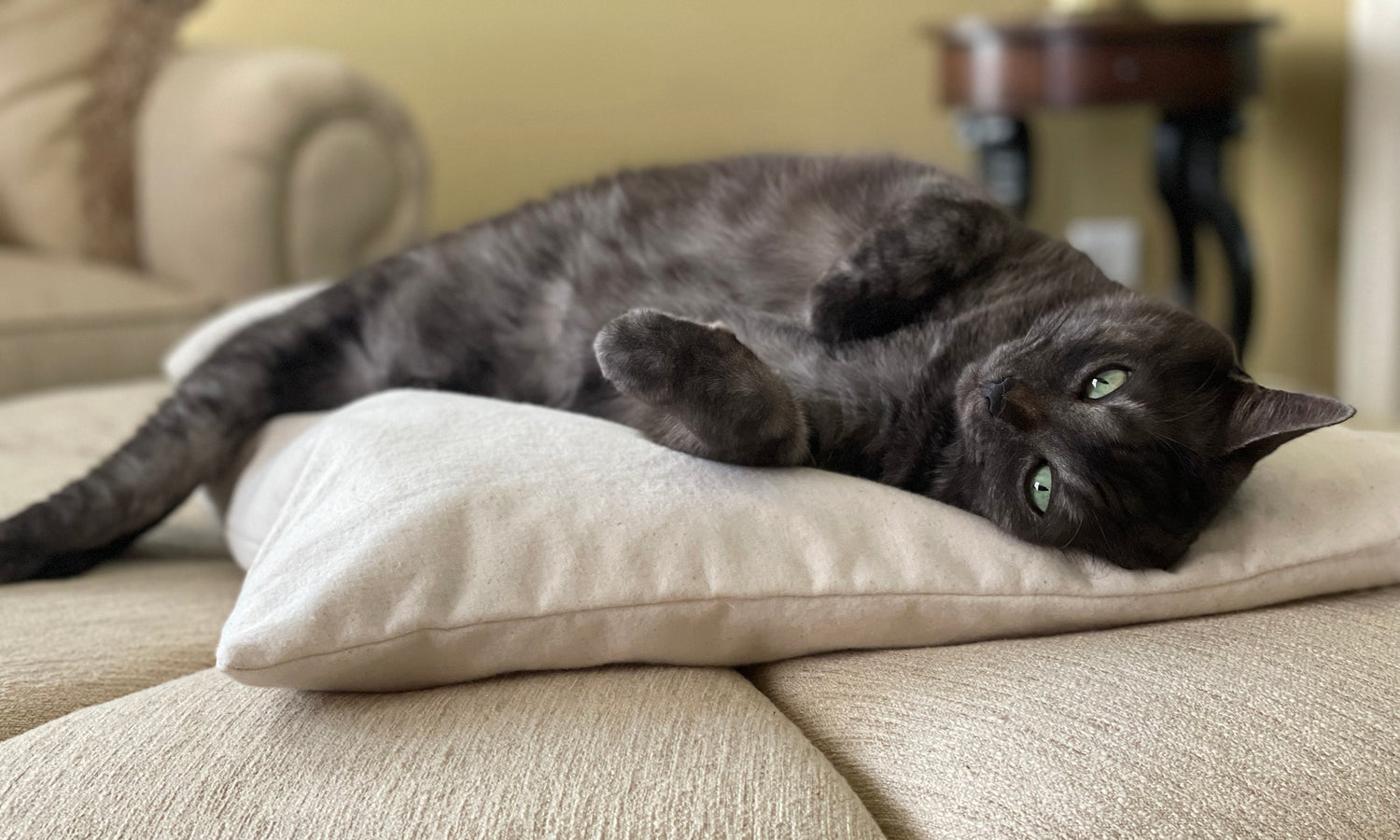
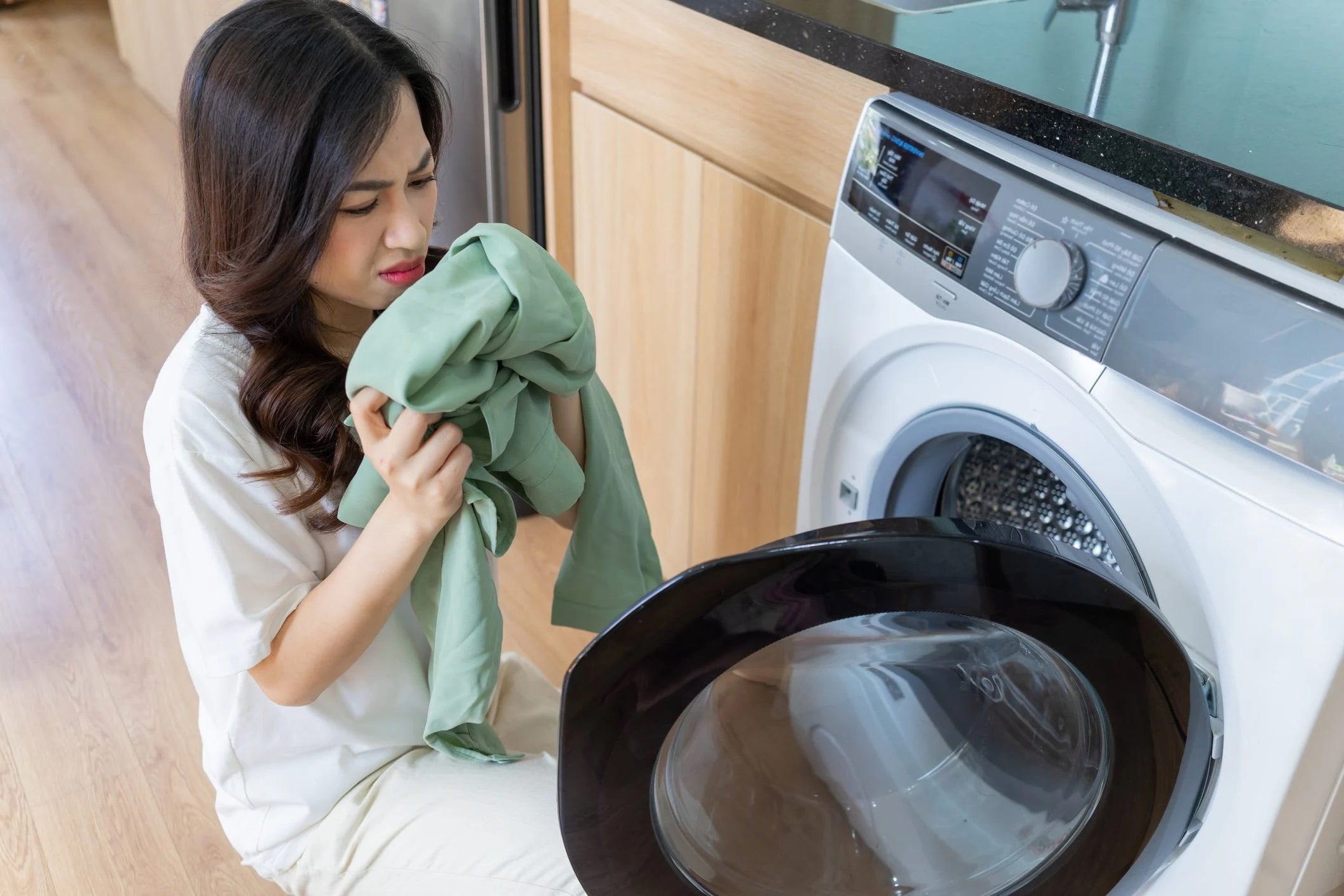
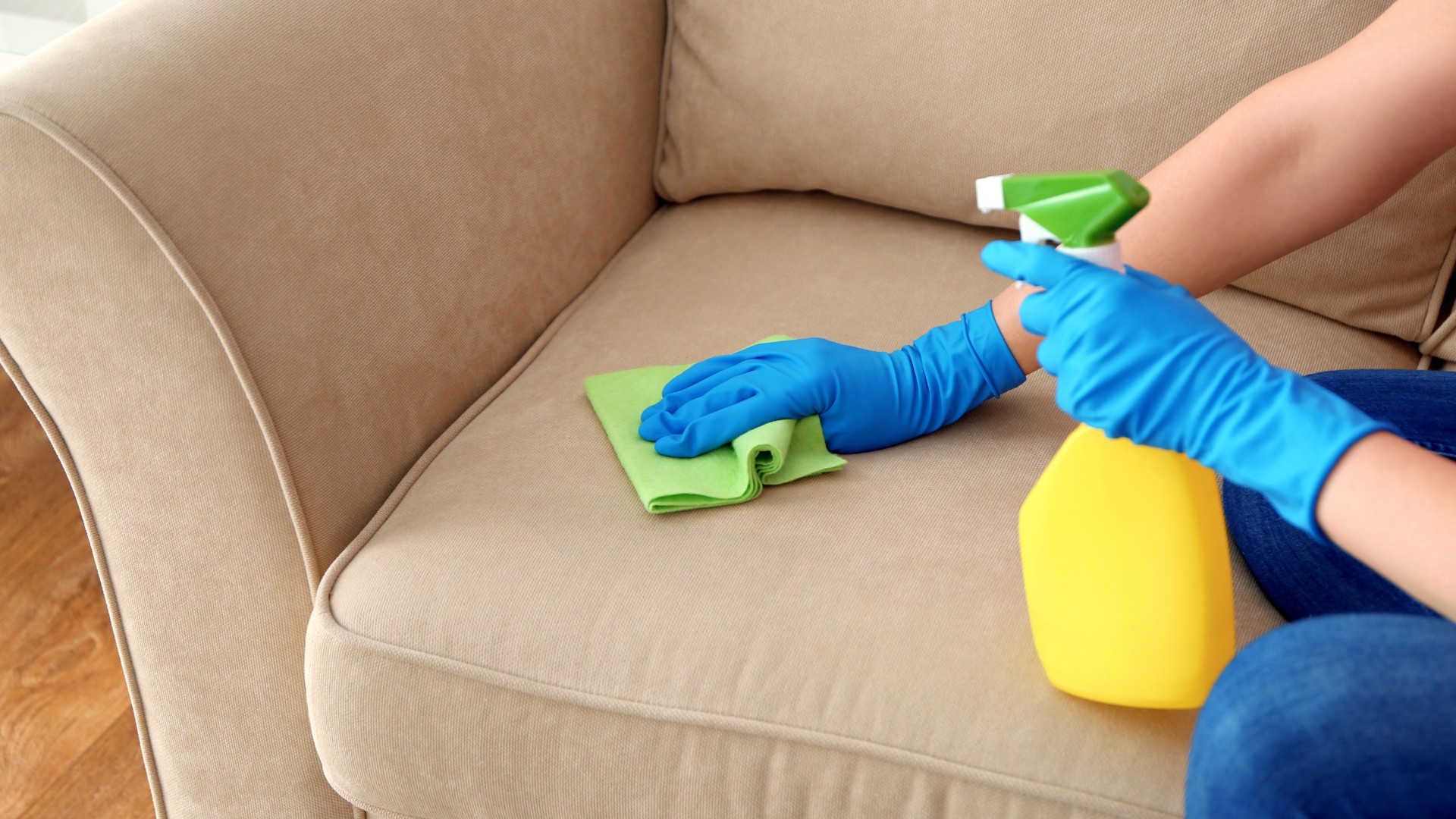
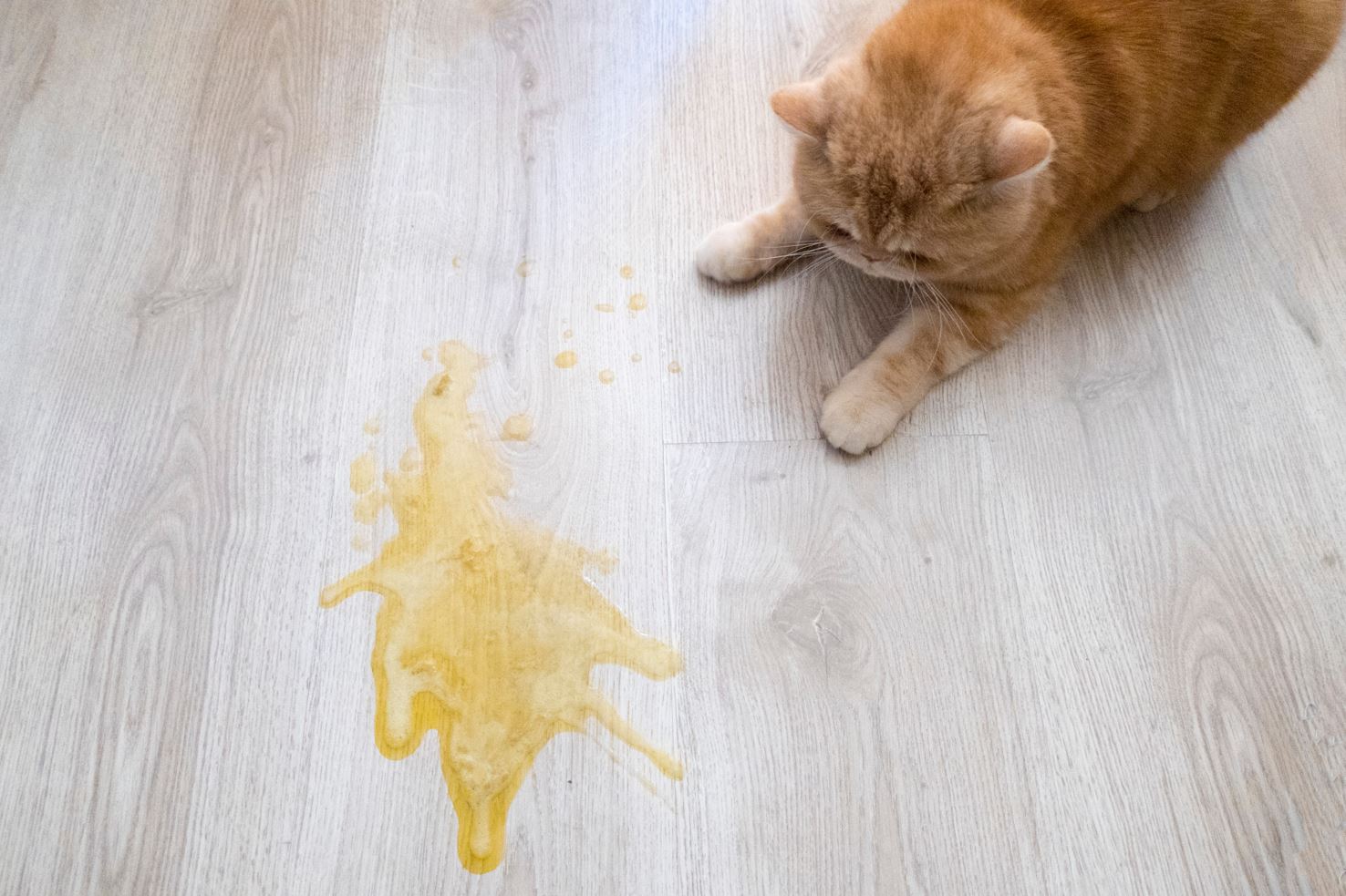
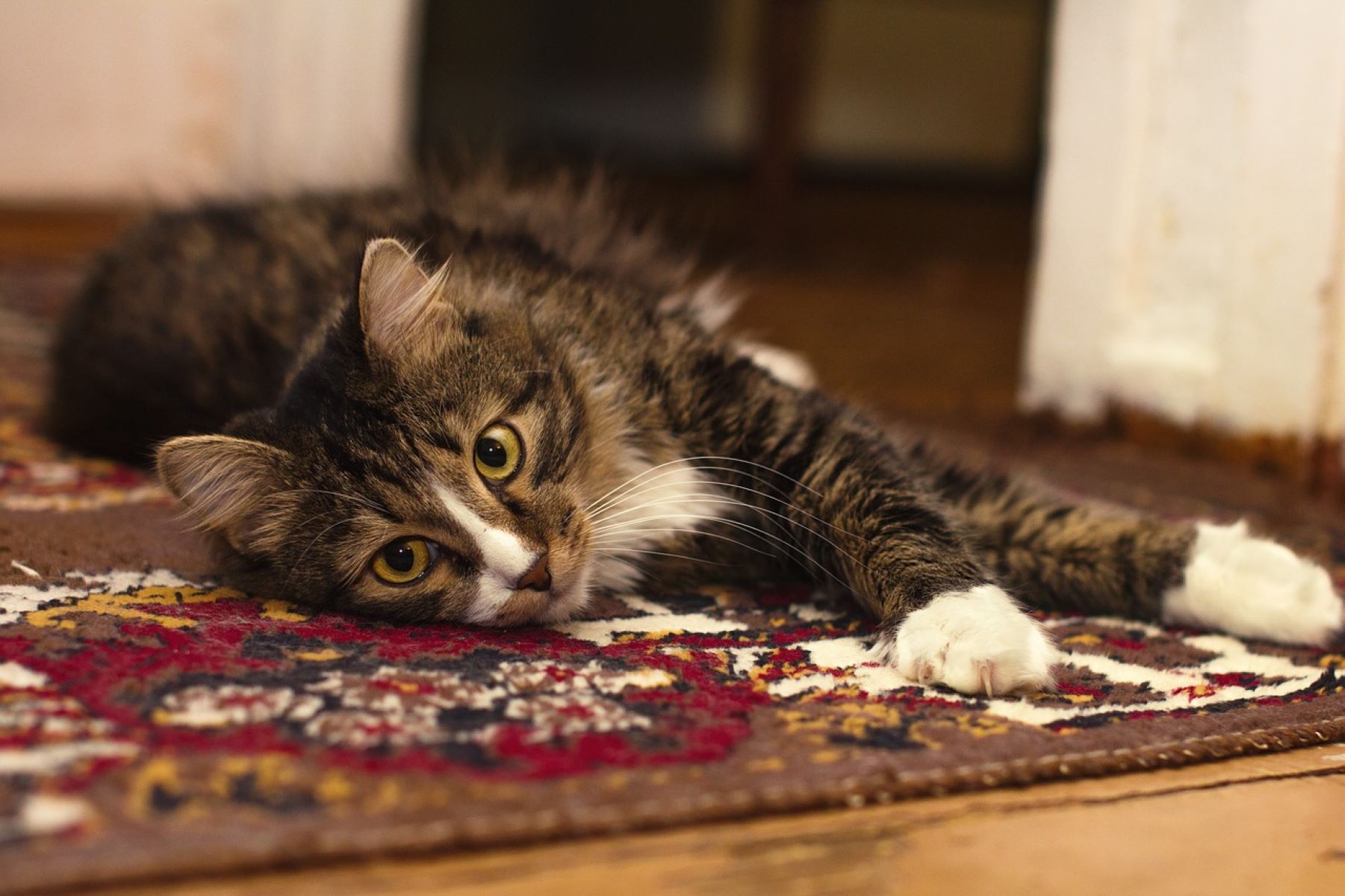

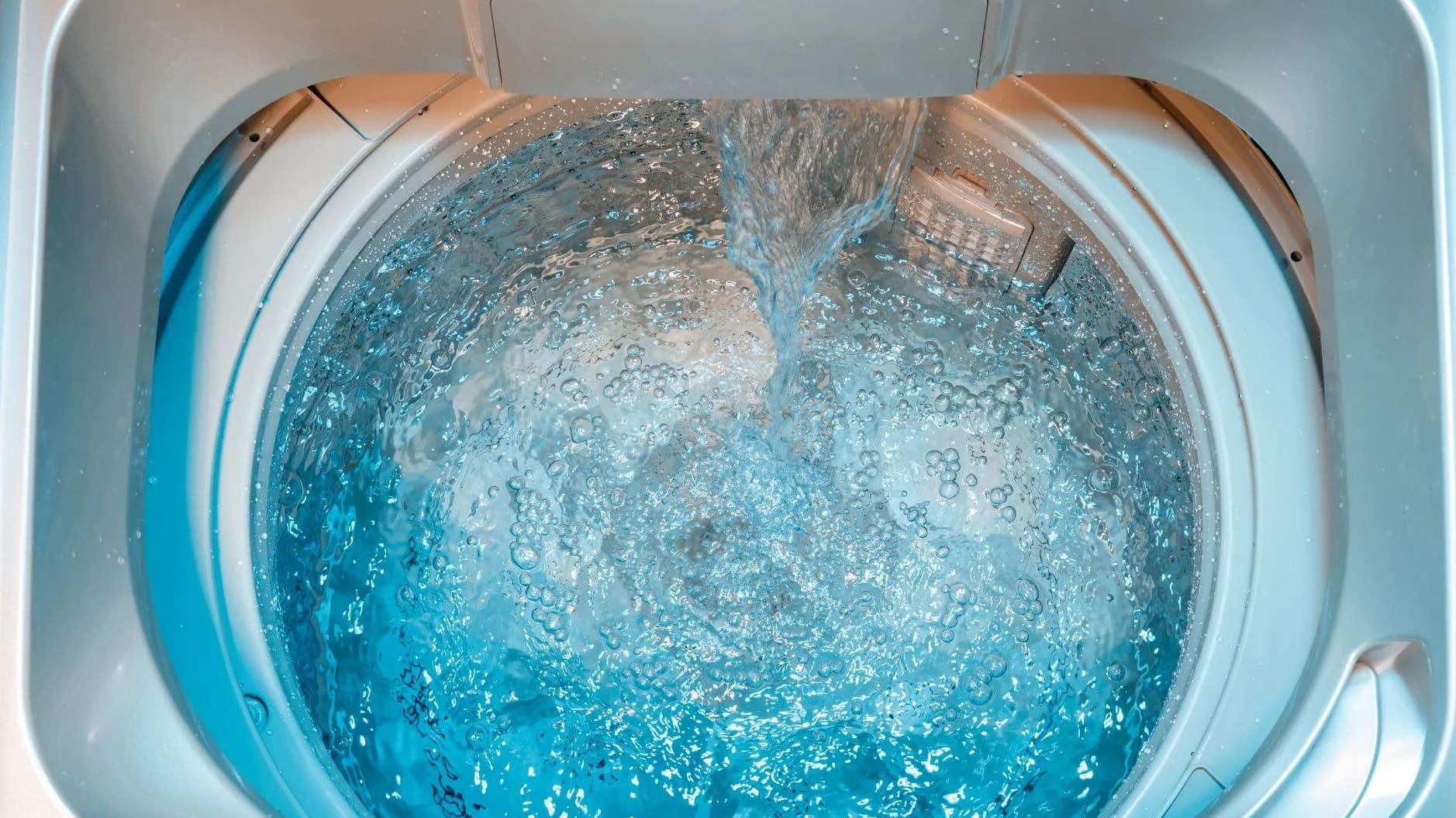

0 thoughts on “How To Get Cat Urine Smell Out Of Clothes In The Washing Machine”